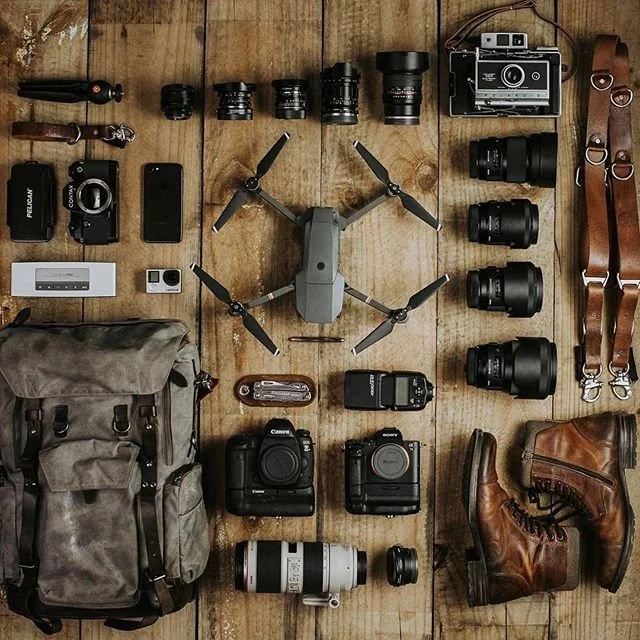Best Camera Gear for Safari Photography – Lenses & Essential Equipment
Best Camera Gear for Safari Photography. A photography safari is a dream for any wildlife enthusiast or professional photographer. Whether you’re tracking lions in the Serengeti or photographing gorillas in Bwindi, having the right camera gear is crucial for capturing breathtaking images. Here’s a comprehensive guide to help you pack the perfect equipment for your adventure.
Essential Camera Gear for a Safari
1. Camera Body
DSLR or Mirrorless: A full-frame DSLR (e.g., Canon EOS 5D Mark IV, Nikon D850) or mirrorless camera (e.g., Sony A7R IV, Canon EOS R5) offers superior image quality and low-light performance.
Crop Sensor Cameras: If you’re on a budget, crop-sensor cameras (e.g., Nikon D500, Canon 7D Mark II) are excellent for wildlife due to their extended reach.
Durability: Choose weather-sealed bodies to withstand dust, humidity, and sudden rain.
2. Lenses for Wildlife Photography
Telephoto Zoom Lens (70-200mm f/2.8 or 100-400mm): Ideal for mid-range shots of animals like elephants, giraffes, and lions.
Super Telephoto Lens (400mm f/2.8, 500mm f/4, or 600mm f/4): Essential for distant subjects like leopards or birds. Pair with a 1.4x teleconverter for extra reach.
Wide-Angle Lens (16-35mm or 24-70mm): Perfect for landscapes, camp scenes, and environmental portraits.
Macro Lens (100mm f/2.8): Great for close-ups of insects, flowers, or smaller wildlife.
3. Tripod & Support Gear
Monopod or Gimbal Head Tripod: Helps stabilize heavy telephoto lenses for sharp shots.
Bean Bag: Useful for shooting from a safari vehicle when a tripod isn’t practical.
4. Accessories
Extra Batteries & Memory Cards: Safaris often lack charging options, so carry at least 3-4 batteries and high-capacity SD/CF cards.
Lens Cleaning Kit: Dust and dirt are inevitable—pack a blower, microfiber cloth, and lens pen.
Rain Cover: Protects your gear during sudden downpours.
Backpack with Padding: A durable, weather-resistant bag (e.g., Lowepro ProTactic or Think Tank Photo) keeps equipment safe.
Camera Settings for Safari Photography
Shutter Speed: 1/1000s or faster for moving animals.
Aperture: f/4 to f/8 for balancing sharpness and depth of field.
ISO: Adjust as needed (400-3200) depending on lighting.
Autofocus Mode: Use Continuous AF (AI Servo for Canon, AF-C for Nikon/Sony) for tracking wildlife.
Pro Tips for Stunning Safari Photos
✔ Shoot in RAW for better post-processing flexibility.
✔ Use Burst Mode to capture fast-moving action.
✔ Focus on the Eyes for compelling wildlife portraits.
✔ Golden Hours (Sunrise & Sunset) provide the best lighting.
Final Thoughts
Packing the right camera gear for your best Camera Gear for Photography Safari ensures you return with incredible wildlife images. Invest in quality lenses, protect your equipment, and practice patience—great shots come to those who wait!
Ready for your photography safari? Book with Kwezi Adventures and capture Africa’s wild beauty like a pro!

